Dragon trees are gaining traction and are predicted to be one of the biggest houseplant trends of 2024. The dragon tree is a plant in the Dracaenaceae family that is native to the tropical climates of Africa.
The most popular indoor tree species is the dragon tree. Dracaena Marginata, is a beautiful tall ornamental plant with a slender trunk and a fountain of narrow leaves. These trees grow to an average height of 6 feet, so it's important to repot them as they grow.
“Repotting your dragon tree is important for several reasons,” says Autumn Hilliard Knapp, houseplant expert at Perfect Plants. “It allows more space for the roots to grow and absorb nutrients and water. Fresh potting mix also provides essential nutrients and promotes good drainage. When you repot your dragon tree, It can prevent plants from becoming root bound and rejuvenate their growth and overall health,” she added. Here we have gathered advice from experts on how to successfully repot your dragon tree to encourage further growth.
Time to repot the dragon tree
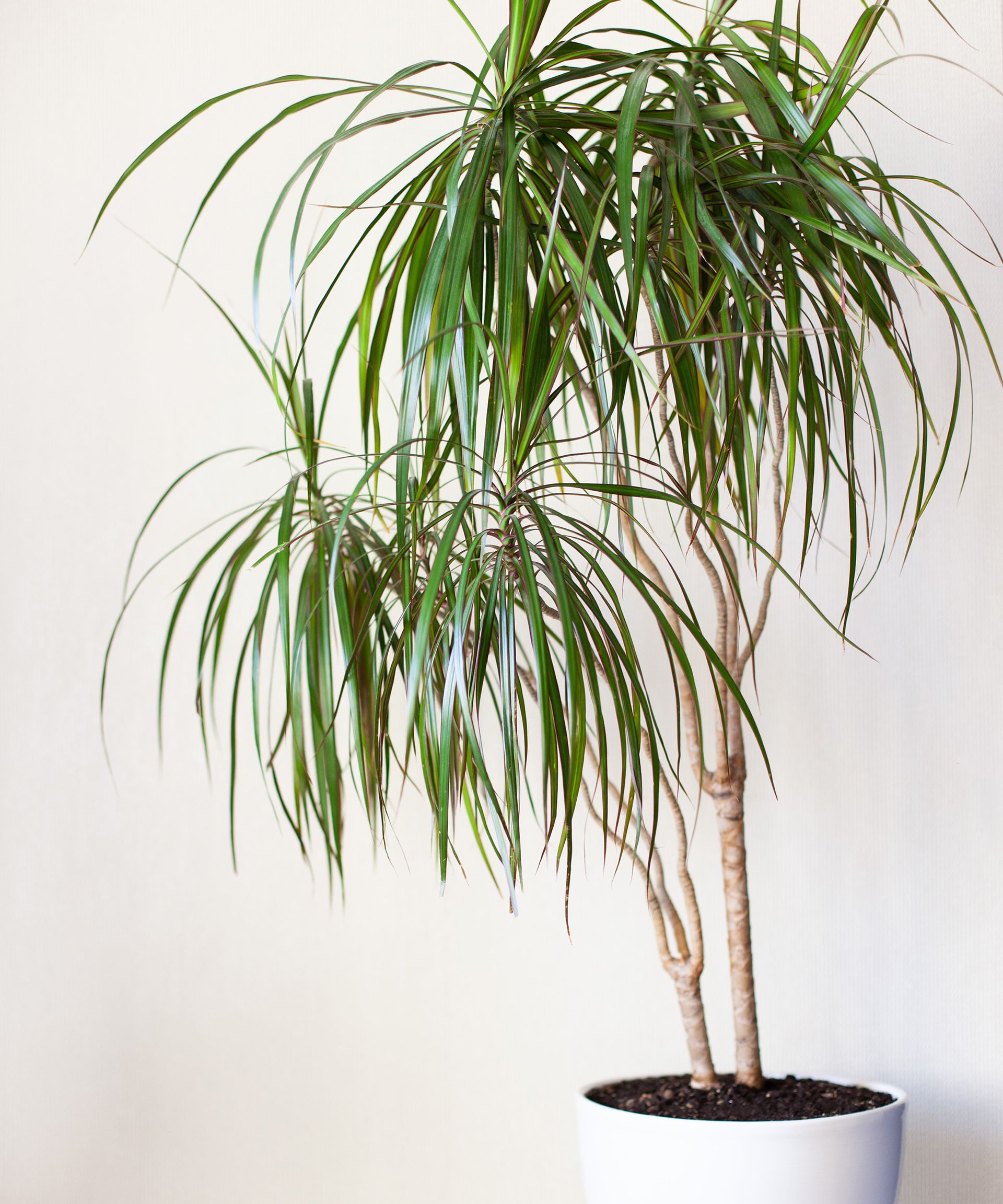
(Image credit: Natallia Dzenisenka / Getty Images)
The first thing you need to do is make sure it's time to repot your dragon tree. But how do we know?
“To decide when to repot your dragon tree, look for signs such as roots extending through drainage holes, stunted growth, or the plant becoming top-heavy,” Autumn says. .
You can also gently remove your dragon tree from its pot to assess how much room the roots have left to grow. If you're running out of soil soon, it's time to move your plant to a larger home.
Julie Bawden Davis, plant expert at Healthy Houseplants, says, “If your dragon tree dries out quickly after watering, it may be time to repot it.” This is another sign that the roots of your dragon tree pot are overcrowded.
“Repot during the spring or summer using a well-draining soil mix and a slightly larger container,” says Autumn.
To further promote growth, it is always best to perform this kind of maintenance while the plant is actively growing. If you repot an overgrown dragon tree during the warmer months, new shoots will quickly appear and prove beneficial.

Autumn is the horticulture specialist and marketing expert at Perfect Plants Nursery. With her four years of experience in the horticulture industry, she has developed a passion for helping people create beautiful indoor and outdoor spaces for them to enjoy. Her expertise in horticulture encompasses her wide range of activities, including plant care and selection, landscape design and maintenance.

Julie Bawden-Davis is a gardening author and University of California Certified Master Gardener and author of several gardening books, including: indoor gardening organic way. In addition to running HealthyHouseplants.com, she shares indoor gardening advice on her YouTube channel @HealthyHouseplants.
How to repot a dragon tree
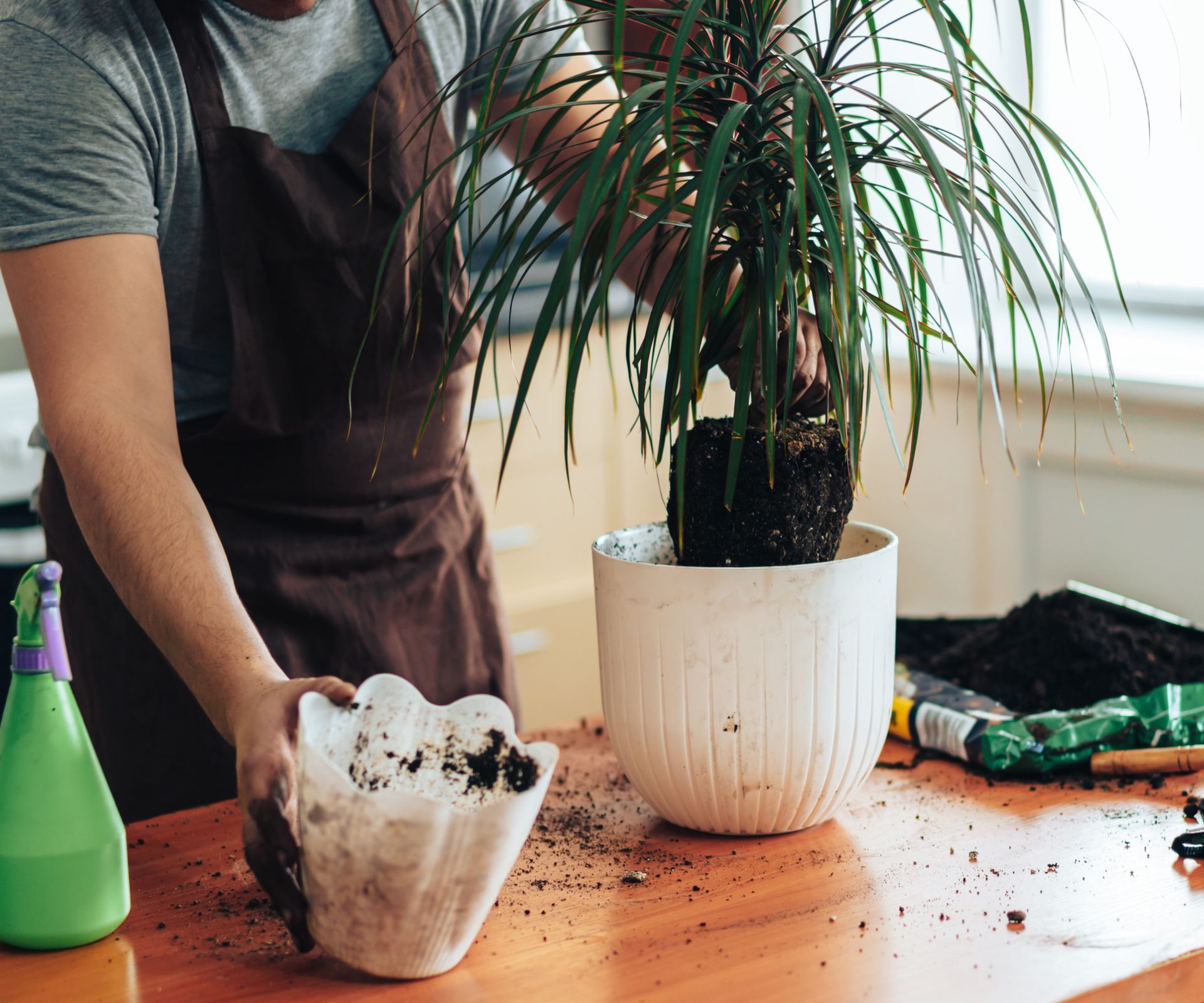
(Image credit: Anastassiya Bezhekeneva, via Getty Images)
When it comes to repotting your dragon tree, there are a few things you'll need.
- larger container than the current one
- Well-drained potting soil
- pruning shears
- watering can
Next, start by carefully removing your dragon tree from its current container and filling the bottom of a new, slightly larger container with potting mix.
“If you plant your dragon tree in a pot that is too big, it will develop root rot, because a pot that is too big will create excess moist soil,'' says Julie. “Use a high-quality potting soil that retains water but contains drainage agents such as perlite or pumice,” she adds.
It's important to center your dragon tree in the new container before filling the sides with more potting mix. “Make sure to press the mix gently to make sure it makes good contact with the roots,” Autumn says.
It's that simple. Afterwards, continue to provide your dragon tree with optimal care by giving it plenty of water and plenty of bright, indirect light.
“Hold back on watering until you see new growth, which indicates that the plant is established and starting to grow again,” says Andy Barde, houseplant expert at House Plant Shop.

Andy is an experienced gardener and houseplant expert at HousePlantShop.com. With years of experience in plant care, propagation, and indoor horticulture, he specializes in growing healthy, vibrant houseplants and advising hobbyists on their best practices. His focus is on sustainable and practical methods that cater to both beginners and advanced plant enthusiasts.
Purchase materials for replanting the dragon tree
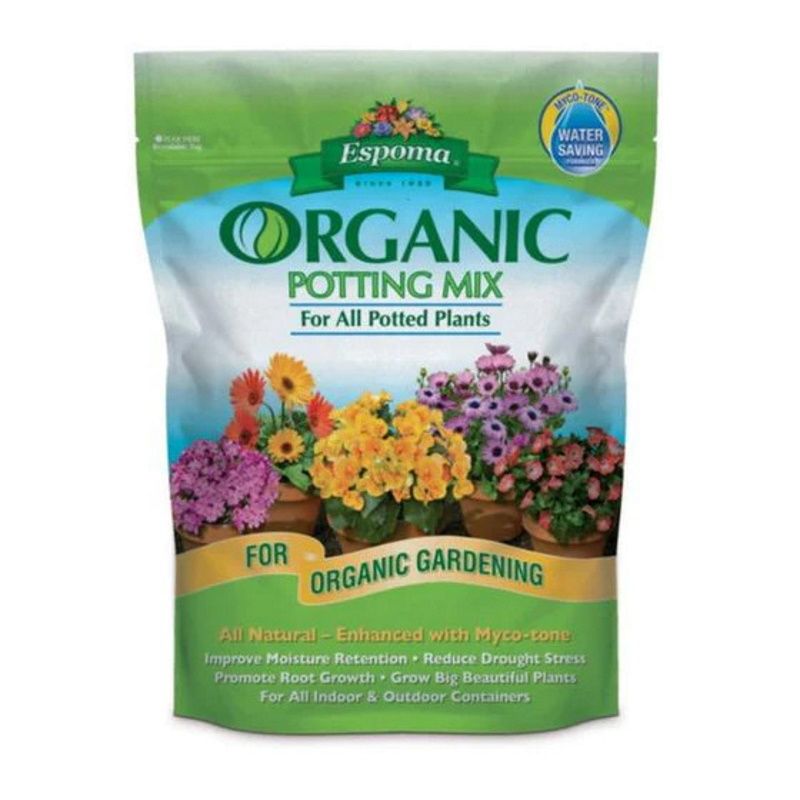
Espoma organic potting mix
This all-purpose organic soil helps nourish indoor and outdoor plants while draining well.
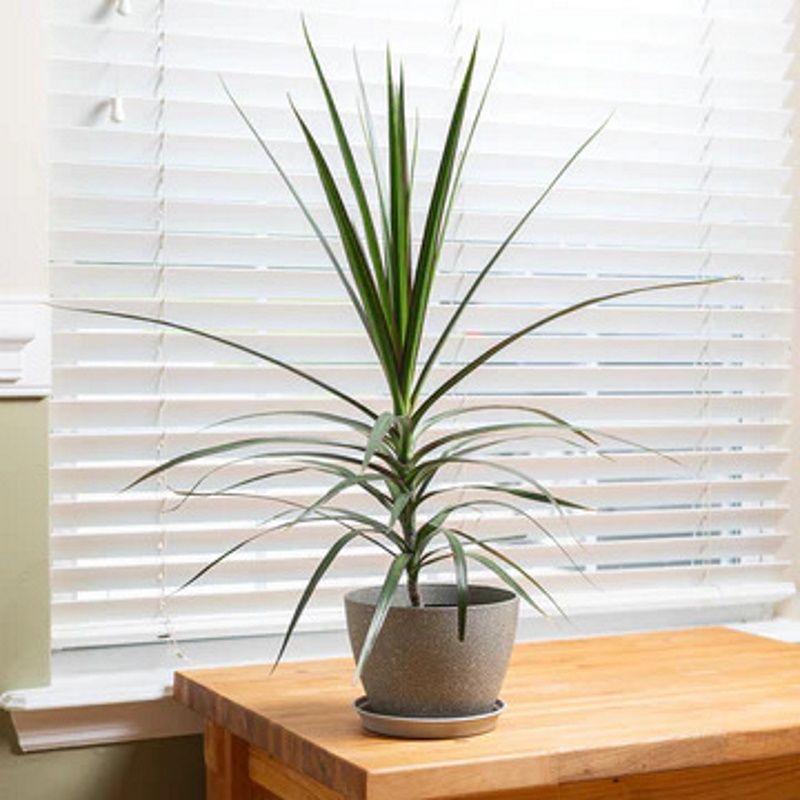
dragon tree dracaena marginata
Dragon trees make a unique addition to any home. It adds an exotic touch and is easy to clean.
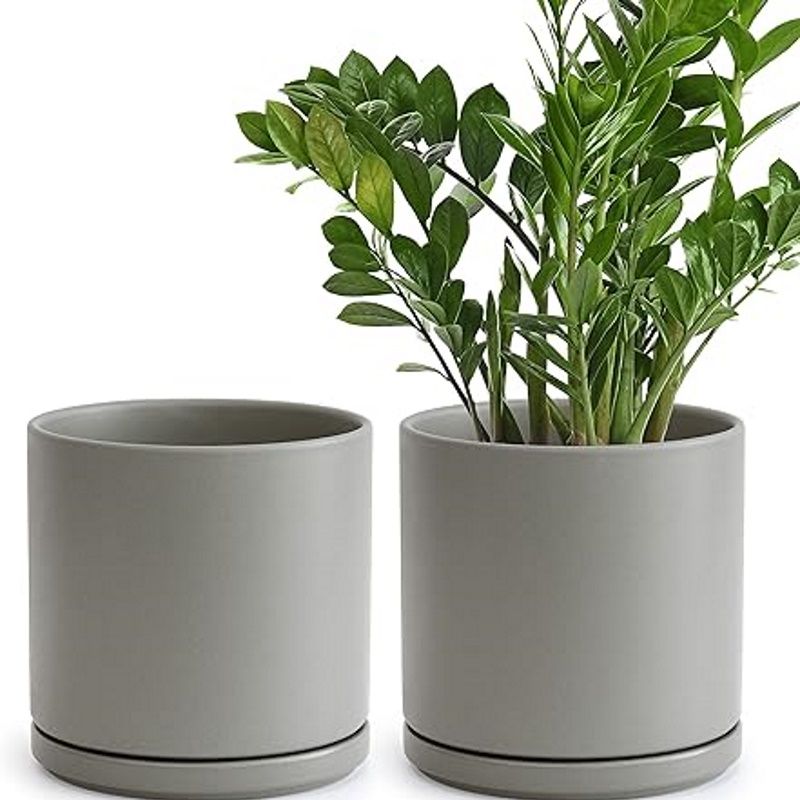
Ceramic planter with drainage hole
Pack of 2 planters for indoor plants. Comes with a drainage hole and saucer to help monitor moisture levels.
FAQ
How often should I repot my dragon tree?
The dragon tree (Dracaena) has an average growth rate. You can expect a few inches of growth each year, and you won't have to worry about outgrowing your current container on a regular basis. In general, it is recommended that you repot your dragon tree every few years. You'll know it's time to repot when the roots have little room to grow. Similarly, if the leaves start to turn yellow, it could be a sign that your dragon tree is suffering from root rot or a lack of room for the roots to grow.
What is the best container for a dragon tree?
One of the most common mistakes made when growing dragon trees as houseplants is overwatering. Therefore, a container that can control moisture is ideal.
“Dragon trees grow best in well-drained planters,” says Andy Barde, houseplant expert at House Plant Shop.
“Terracotta pots are ideal as they allow the soil to breathe and help prevent waterlogging, which is important for the health of the dragon tree,” he added.
It is best to choose a planter that allows your dragon tree to drain properly. Any container with drainage holes will work well.
Dragon trees are a classic addition to your houseplant collection because of their height and structure. Although you may not need to repot often, it is important to repot as needed to keep your dragon tree thriving and growing. If you're looking for indoor trees that don't require much care, you might find this guide to the best low-maintenance trees to grow indoors helpful.

